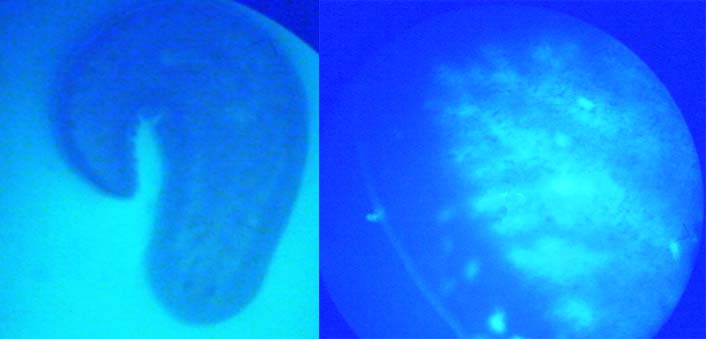Regeneration engineering or “regeneering”, is the new engineering discipline that uses knowledge of the regulation of cell state combined with advanced biotechnology and synthetic biology to enhance regeneration in living organisms. The next revolution in biomedicine will be the development of regeneering.
Regeneration is the process by which biological systems replace damaged or missing tissue. Regenerative biology is the basic science underlying regeneration. Some organisms have no ability to regenerate whatsoever, other organisms such as the asexual planaria can regenerate their entire body from less than a 0.5% fragment. Although long lived, humans have rather limited regenerative powers compared to planaria. Advances in stem cell biology have made research in regenerative medicine and biology among the hottest in science. The most exciting discoveries involve creating pluripotent stem cells (PSCs) from adult human tissue and cells and then differentiating these cells into different cells, tissues, and even organs. Because PSCs in theory can be derived from a patient’s own cells, the resulting tissue will not be rejected by the immune system. However, PSC’s such as IPS cells are tumorigenic outside of an early embryo. Thus, existing PSC’s cannot be directly used in humans therapeutically. A related approach is to transdifferentiate adult somatic cells into different cell types. However, the tools to manipulate cells in vivo remain limited with significant safety concerns.
Regeneering involves the development of powerful tools to engineer organisms in vivo safely. The discovery of protein/RNA complexes, that can efficiently insert any DNA of interest into cells is one of the key technologies that enable regeneering. However, much work remains to be done. The delivery of precise collections of macromolecules including Cas9/Crispr to targeted tissue is not yet possible. RSI is using synthetic biology to develop new delivery systems that will make practical reprogramming cells in vivo. These delivery systems will eventually be “smart,” that is, they will be capable of executing the series of instructions dependent upon their interaction with cells in the body.
Ultimately, regeneering will allow humans to regenerate any damaged tissue or organ. To achieve this goal, RSI and other international research groups are trying to elucidate the mechanisms by which organisms with super regenerative powers use pluripotent adult stem cells for repair. At the same time, developing technology to re-engineer human cells safely, on-the-fly, and within our bodies, will have dramatic implications for health and well-being. Our special interest is the application of regeneering to reverse aging, which will lead to rejuveneering.
Manipulating regenerative pathways to enhance regenerative capability.
Understanding how organisms with more extensive regenerative properties accomplish regeneration using mostly conserved cell signaling pathways is a critical question that needs to answered to enable practical regeneering. To this end, we are creating a systems biology-based regeneration database, “RegbaseTM“, in which data mined from the scientific literature is annotated for computer analysis.








